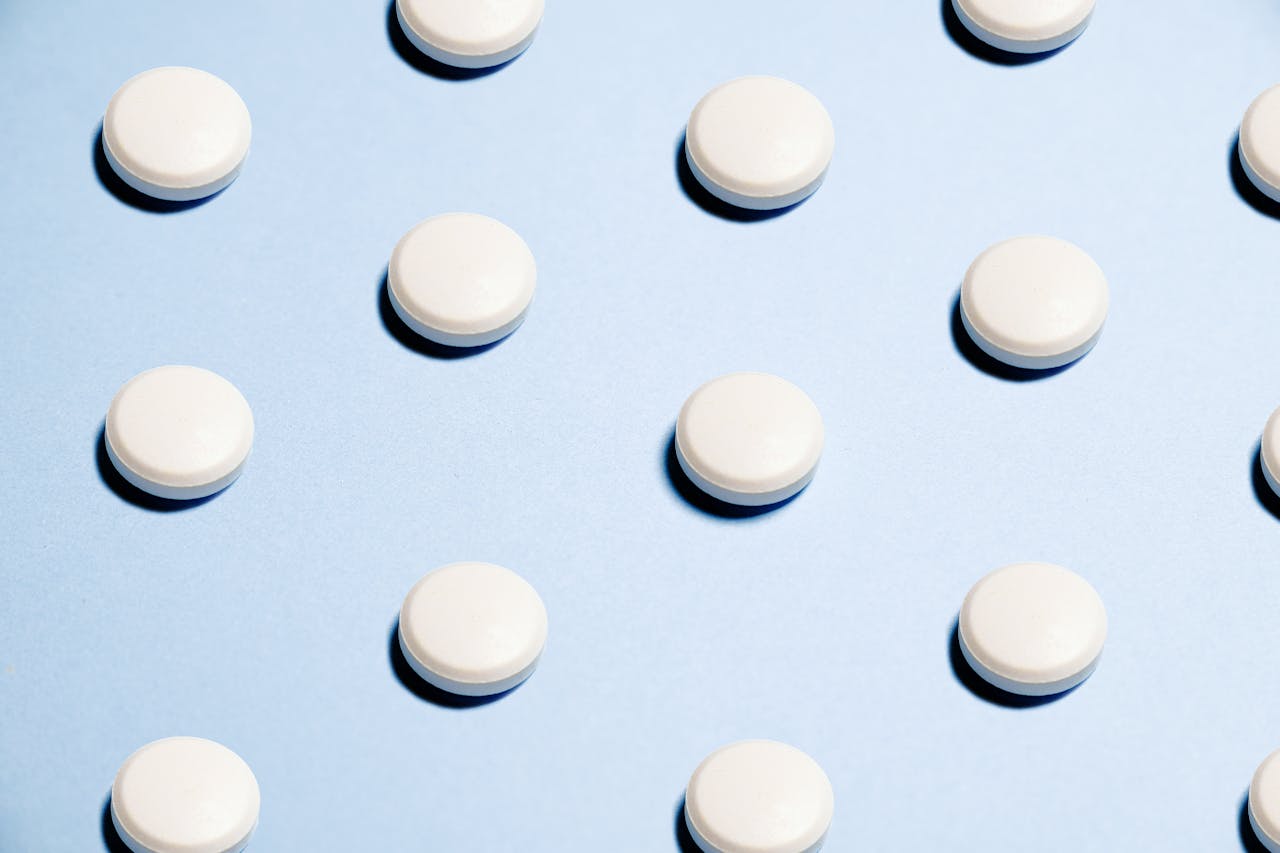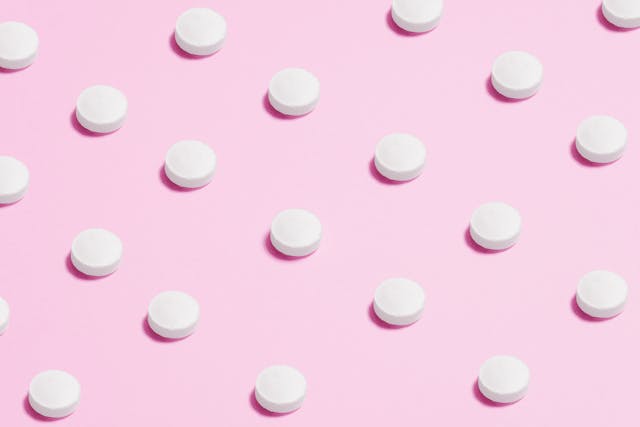Comments
- No comments found

The global pharmaceutical market is an intricate web of regulations, innovations, and trust.
Patients worldwide rely on the efficacy and safety of medications to alleviate their ailments and improve their well-being. However, lurking in the shadows of this essential industry are substandard and falsified pills, posing serious threats to public health. Understanding the composition of these dubious medications is crucial to appreciating the risks they entail.

Substandard pills refer to drugs that do not meet the quality standards set by regulatory authorities. These shortcomings may stem from various factors, such as poor manufacturing practices, inadequate drug quality control, or the use of subpar raw materials. In substandard pills, the active pharmaceutical ingredient (API) might be present in insufficient quantities or lack uniformity, compromising the drug's effectiveness.
Common issues associated with substandard pills include incorrect dosage levels, improper dissolution rates, and the presence of impurities. Manufacturing shortcuts, such as insufficient mixing or improper storage conditions, can lead to inconsistent product quality. In some cases, substandard pills may result from expired or degraded raw materials, further diminishing their therapeutic value.
Falsified pills, on the other hand, represent a more sinister category of counterfeit drugs. Unlike substandard medications, falsified pills are intentionally deceptive, often designed to mimic genuine pharmaceutical products. These fake drugs may contain little to no active ingredients, the wrong ingredients, or even harmful substances, posing severe health risks to unsuspecting consumers.
The motives behind the production of falsified pills are typically rooted in financial gain, as criminals seek to exploit the lucrative pharmaceutical market. With advancements in technology, counterfeiters have become adept at replicating packaging, labels, and even holograms, making it increasingly challenging for consumers and healthcare professionals to distinguish genuine from fake medications.

Substandard pills often contain inadequate amounts of the active pharmaceutical ingredient, the key component responsible for the therapeutic effect. This deficiency can result from errors in the manufacturing process, suboptimal quality control, or the use of subpar raw materials. Consequently, patients may experience reduced efficacy or treatment failure, leading to prolonged illness or exacerbation of medical conditions.
Manufacturing deviations in substandard pills can lead to inconsistencies in dosage levels within a single batch or across different batches. Patients relying on these medications may inadvertently receive too much or too little of the active ingredient, jeopardizing their health and safety. Inconsistent dosage levels can also contribute to treatment resistance, particularly in the case of antibiotics or other critical medications.
Substandard pills may contain impurities such as contaminants, by-products of the manufacturing process, or degradation products. These impurities can be toxic or trigger allergic reactions, posing serious health risks to consumers. Regulatory standards are in place to ensure that medications are free from harmful impurities, but substandard manufacturing practices can compromise these safeguards.

Falsified pills often lack the genuine active pharmaceutical ingredient altogether or contain insufficient quantities. This intentional omission aims to cut production costs for counterfeiters while maximizing profits. Without the therapeutic agent, patients consuming these falsified medications are essentially receiving a placebo, leading to ineffective treatment and potential harm.
In some instances, falsified pills may substitute the authentic active ingredient with inert or harmful substances. These can range from harmless fillers like talcum powder to more hazardous compounds such as heavy metals or undisclosed pharmaceuticals. The use of inappropriate substitutes not only compromises the intended therapeutic effects but also introduces unpredictable health risks.
To deceive consumers and healthcare professionals, falsified pills often mimic the packaging, labeling, and appearance of genuine pharmaceutical products. This includes replicating logos, holograms, and other security features. The sophisticated nature of these counterfeit operations makes it challenging for even experienced individuals to visually identify fake medications.
An essential component of strategies designed to discover and remove SF drugs from the supply chain must incorporate the testing of products to determine their quality and safety. The targeted introduction of chemical analysis where these medicines are located in the supply chain - hospitals, pharmacies, warehouses, manufacturer inventories and the like - provides actionable information for stakeholders to issue alerts, sequester questionable products for further testing, replace suspect shipments, purchase alternative medicines, and monitor patient status, among other interventions.
The ARTiFACTS Verify platform offers an integrated approach to identifying substandard and falsified drugs that have entered the pharmaceutical supply chain:
Identification of suspect medicines through on-site testing at any point in the supply chain using paper analytical device technology that is cost-effective and requires minimal training.
Confirmation of the properties of medicines failing the initial test through further testing at specialist labs, using advanced scientifically recognized techniques, including high-performance liquid chromatography, mass spectroscopy, among others.
Organisation of all data captured for managing workflows, analysing and reporting results.
Coverage of over half of WHO's 600 Essential Medicines.
Enhanced data security by recording results on a purpose-built blockchain provides an immutable record of test results, including active pharmaceutical ingredients, product origin, manufacturer and other data essential for effective intervention.
Substandard and falsified pills represent a grave threat to global public health, jeopardizing the well-being of individuals who depend on reliable and effective medications. Substandard pills compromise therapeutic efficacy due to manufacturing shortcomings, while falsified pills intentionally deceive by lacking the proper active ingredients or substituting them with potentially harmful substances. Addressing this issue requires concerted efforts from regulatory bodies, law enforcement, and pharmaceutical manufacturers to enhance surveillance, enforcement, and quality assurance measures. Only through a united front against substandard and falsified medications can we safeguard the integrity of the pharmaceutical industry and, more importantly, protect the health and lives of those relying on these essential drugs.
Leave your comments
Post comment as a guest